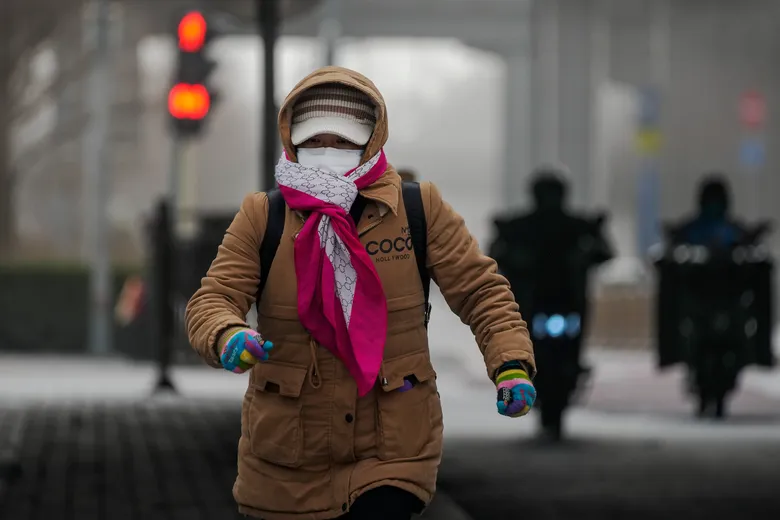China announced its plan to stop tracking travels on Monday, December 12, 2022. This initiative is part of an uncertain exit from the strict pandemic policies that have caused widespread protests.
This will potentially reduce the likelihood that people will be forced into quarantine for visiting places considered to be COVID-19 hot spots.
At midnight, the smart phone app that recorded a person’s travel between cities and provinces will be disabled. The app has a four-tier system that assigned different colors depending on the user’s predicted level of COVID exposure.
However, another app used to restrict the movement of those who test positive or enter an area with a recent outbreak remains in effect. They are part of a package of pandemic apps, some of which have also been used by local governments to curtail protests.
The move follows the government’s dramatic announcement made last week that it was rounding up many of the strictest measures, following three years during which it enforced some of the world’s tightest virus restrictions.
These restrictions included near-constant testing, open-ended lockdowns and requirements that a clean bill of health be shown to access public areas.
Last month in Beijing and several other cities, protests over the restrictions escalated into demands for leader Xi Jinping and the Communist Party to step down; a level of public dissent not seen in decades.
While met with relief, the relaxation has also ignited concerns about a new wave of infections potentially overwhelming health care resources in some areas.
The easing of measures spells a sharp decline in testing, but cases still appear to be rising rapidly. China reported 8,500 new infections on Monday, bringing the nation’s total to 365,312.
Government Still Committed To Halting Virus Spread
Xi’s government is still officially committed to stopping virus transmission, making China the last major country to try.
However, the latest moves suggest the party will tolerate more cases without quarantines or shutting down travel or businesses as it winds down its “zero COVID” strategy.
Facing a surge in COVID-19 cases, China is setting up more intensive care facilities and trying to strengthen hospitals’ ability to deal with severe cases.
At the same time, part of the relaxation implies that the government will allow those with mild symptoms to recuperate at home rather than being sent to field hospitals that have become notorious for overcrowding and poor hygiene.
Reports on the Chinese internet, which is tightly controlled by the government, sought to reassure a nervous public, stating that restrictions would continue to be dropped and travel, indoor dining and other economic activity would soon be returning to pre-pandemic conditions.
China’s leaders had long praised “zero COVID” for keeping numbers of cases and deaths much lower than in other nations, but officials have recently begun to talk about the virus as far less threatening and now say the most prevalent omicron variety poses much less of a risk.
Despite this, experts still warn that there is a chance that the ruling party might reverse course and reimpose restrictions if a large-scale outbreak ensues.
READ ALSO: Moderate Earth Tremor Hits Parts Of Accra




















